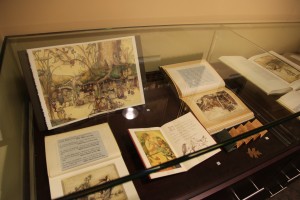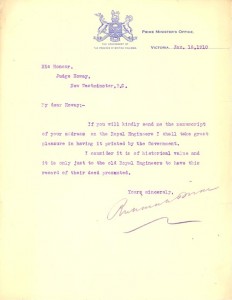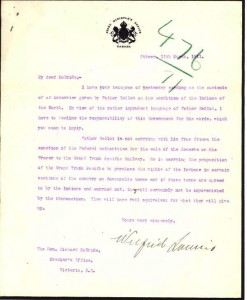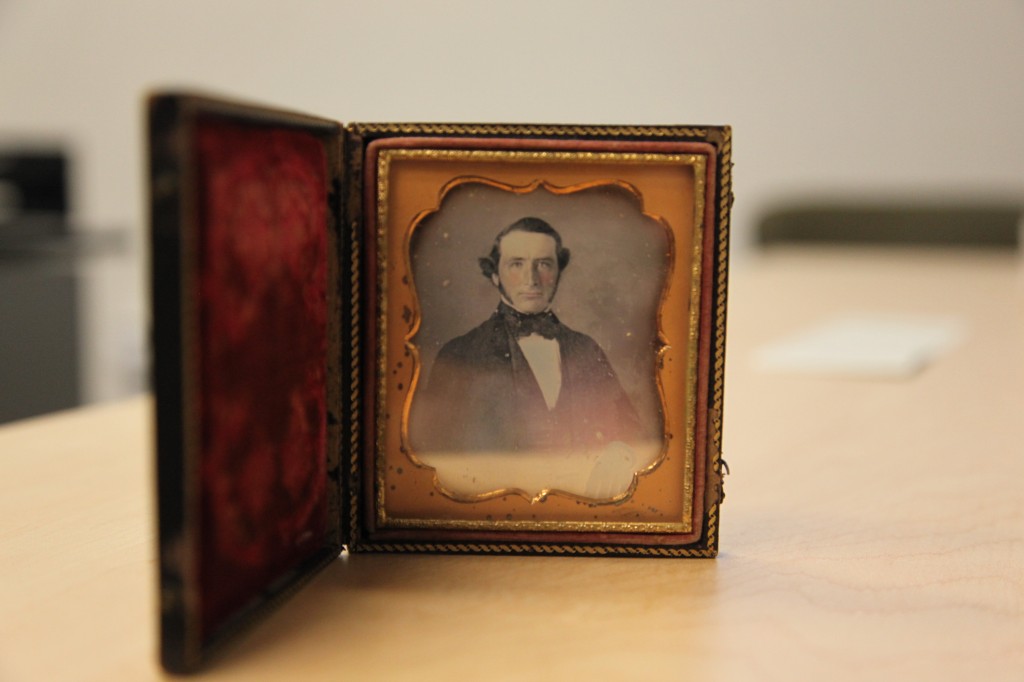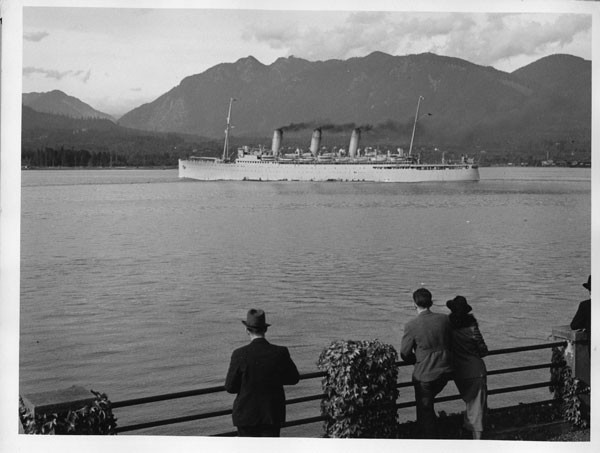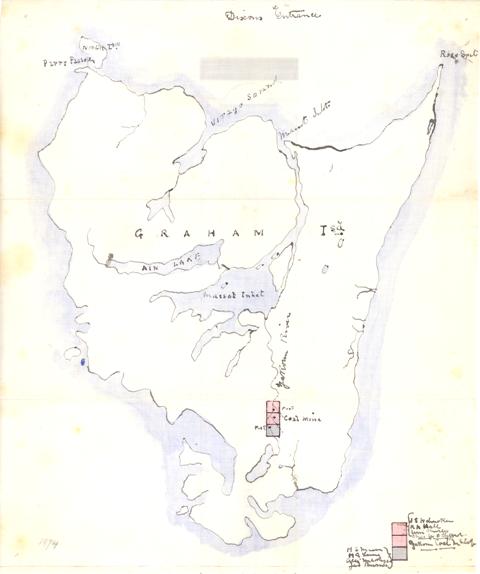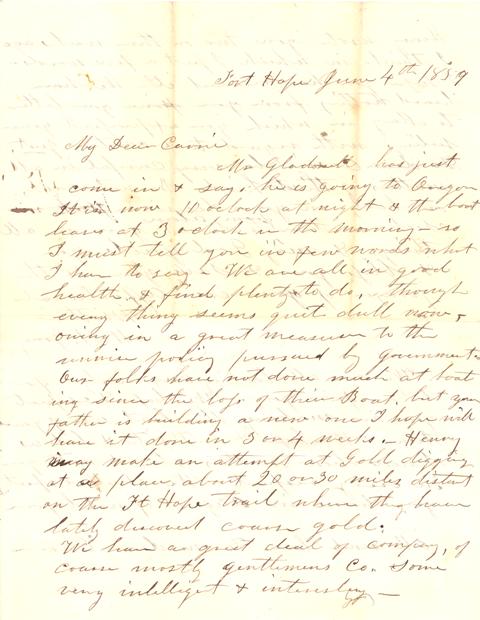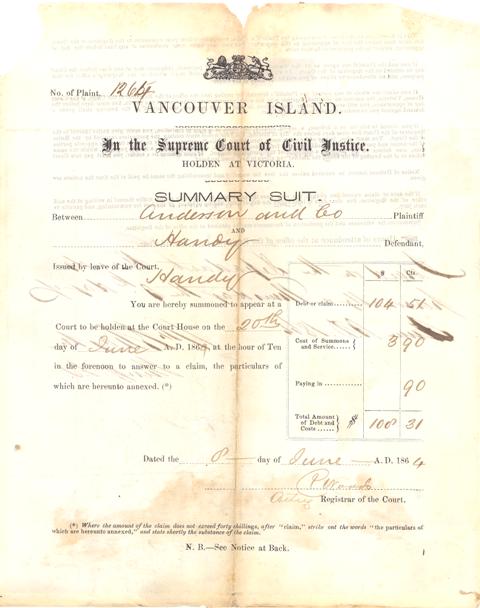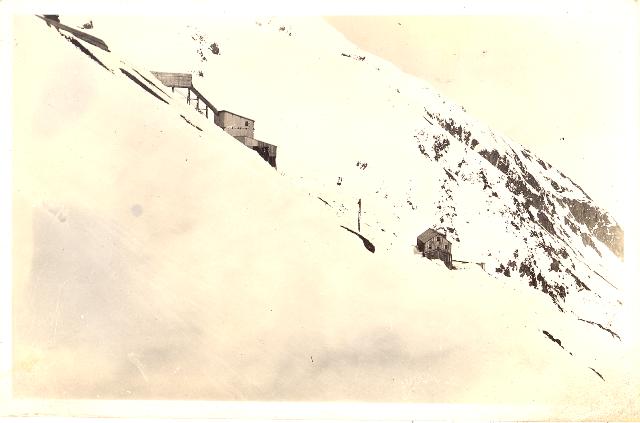You have just under two weeks left to come to Rare Books and Special Collections for our exhibition Betwixt and Between: the art and influences of Charles Van Sandwyck. We’re happy to share with you some thoughts on creating the exhibition by student curator Heather Gring:
“Since the 1980’s, RBSC had been collecting the work of Charles van Sandwyk, an artist and writer who published mostly small-press and limited edition books. Charles works in printmaking, watercolor and calligraphy techniques to create the publications as well as to create
original works of art. Born in South Africa, Charles moved to still spends part of the year in North Vancouver. The winter months Charles spends on the islands of Fiji.
“I first encountered the title “Betwixt and Between” in one of Charles’ publications, “Dream Sketches from the Isle of Tropical Birds”: “The birds are above, the fish are below, and we are betwixt and between.” Charles’ work as well exists “betwixt and between.” Charles can create images of anthropomorphized animals and whimsical fairies but creates naturalistic representations of animals just as well. His illustrations seem to be from the Victorian era, and yet he is only in his 50’s. His works appear to be stories for children, but really speak to the inner child in adults. You can’t peg him or his artwork into any neat little category; Charles even remarked that book sellers don’t know where to put his works on the shelves!
“In late September, I went to interview Charles van Sandwyk in preparation for the exhibition. Meeting Charles was an incredible experience for me; I have never met someone so warm and genuine and open as he. It is as if you’ve always known him, and he’s always been a dear friend. After a lovely lunch, we went back to his cottage and talked for several hours about his life and career. In the course of our conversations, I realized how deeply his high-school art teachers had influenced the trajectory of his career, in addition to the other artistic influences outlined in the exhibition. I soon decided to include them in the exhibition. It was a wonderful experience to see the relationships emerge and to have the competency to articulate them in such a way that viewers are able to see the connections for themselves.
“Rare Books and Special Collections at UBC had a wealth of materials in their collections that allowed my research to proceed smoothly. In addition to owning over forty works by van Sandwyk, RBSC also owned works by every one of Charles’ influences, with the exception of Dorothy Kay. I began research for the exhibition by exploring all of van Sandwyk’s publications in depth, then exploring works of his influences held by RBSC. Some connections between the artists emerged easily, whereas others required a good deal of insight. A drawing Rembrant did of an elephant paired perfectly with an illustration of an elephant Charles did for “Animal Wisdom”.
“In comparison, Albrecht Durer was a little more complicated. For the exhibition, I explored how the two artists had produced Ex Libris book plates for patrons and the different ways they explored the space constraints of the materials. I also truly enjoyed how some cheeky comparisons emerged, such as the juxtaposition of an etching of a Burgher Rembrandt made in contrast to a monkey sitting in a similar pose, etched and colored by Charles. Charles’ monkey has an air of thoughtfulness and respectability to him, very similar to Rembrandt’s Burgher. Some of the books on display, such as the texts by Gandhi, Gilbran and Kay, are from Charles’ personal collection. It was also very exciting to be able to hang framed works on the walls above the cases. Don’t miss this opportunity to see original works by Charles van Sandwyk (the “Fiddle Beetle” is my favorite) and even Arthur Rackham.
“I came to know Charles van Sandwyk through his works, and the works of artists and writers who influenced the scope of his career. One of the drawbacks I experienced was only being able to show one page of a publication, when every page is so amazing! Books are meant to be read, with pages turned. Once you see the exhibit “Betwixt and Between,” I encourage you to come back to RBSC and explore the many works of Charles van Sandwyk which RBSC owns…after the show comes down on December 17th, that is, and the books are again dispersed betwixt and between.”
Thank you Heather for providing the curator’s perspective! If you would like to see the exhibition you can do so until Dec. 17, from Monday to Friday 9-5 and Saturdays 12-5. The exhibition is located in the back of the Chung Room, which is accessed through the Rare Books and Special Collections reading room. The exhibition is free and open to all members of the public.

